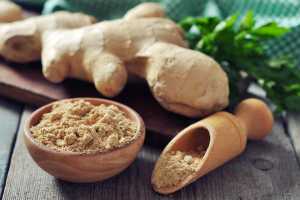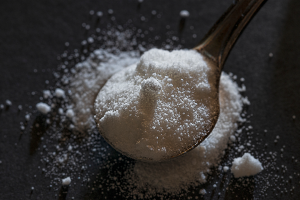

We humans have a multitude of eating habits, and our diet plans vary depending on what we want to consume to be healthy. Even though they choose to work side by side, they also make an effort to keep their eating habits. Many people limit their intake of salt by following low-sodium diets to live a healthy lifestyle. Although the advantages of these dietary choices for cardiovascular health are widely recognised, it is worthwhile to look into a less-explored element as well: how low-sodium foods may affect appetite and hunger. This explores the fascinating query: Do low sodium foods make you hungry?
Recognising Sodium’s Function in Appetite
Our bodies are habituated to certain behaviours, so when we attempt to alter them, we do experience some adverse effects. Consequently, sodium has an unexplained role in the fluid equilibrium that our bodies maintain within our cells. However, how salt levels and appetite are related sometimes needs to be clarified. Given that too much salt can cause cellular dysfunction and water retention, some research indicates that a high-sodium diet may be associated with a pang of increased hunger. Conversely, a low-sodium diet may have distinct effects on hunger, providing insight into the complex connection between salt and fullness.
It turns out that increased salt intake causes our bodies to adjust naturally. After that bag of pretzels, you’re less thirsty since your kidneys produce more water. However, the excess High sodium foods cause water to enter your blood vessels, increasing blood pressure and exerting additional effort on your heart. In addition to causing bloating and weight gain, the additional water may cause you to gain weight for another reason.
The Deceptive Nature of Salt
While salt is one of many chemicals that affect human taste, eating too much of it can be detrimental. Without salt, for example, all of our food would taste bland.
Sodium, which is frequently mistaken for salt, can be trickery. Although it improves flavor, too much of it might have negative health effects. Striking a balance is the goal of low-sodium diets, but the change can be difficult. Taste buds may need some time to adjust when people cut back on sodium, which could make food seem bland. The palate’s adjustment to the softer flavors of Low sodium salt foods can give the impression that hunger is increasing during this phase.
Effect on Metabolism
Since it has been observed that sodium levels and metabolic rate are related, numerous studies indicate that eating a lot of high-sodium foods can be bad for our health and slow down our metabolism. It might have an impact on energy costs. Although further research is needed to understand this association fully, it begs interesting concerns about how sodium—or lack thereof—might affect our bodies’ metabolic processes and, in turn, how hungry we feel.
Tips for Managing Hunger on a Low-Sodium Diet
Slow Reduction
Reduce your consumption of Sodium food gradually so that your taste buds can adjust over time.
Go for Low-Sodium Substitutes
Play around with herbs, spices, and other flavourings to add appeal to low-sodium meals.
Maintain Hydration
Drink enough water to stay hydrated and distinguish between hunger and thirst.
Balanced Nutrition
To promote general health and guard against nutritional deficiencies, ensure your food is nutrient-dense and well-rounded.
Conclusion
The connection between low sodium foods and hunger is a complex and dynamic subject in the field of nutrition. Although research offers valuable information, personal reactions may differ. Knowing the possible effects on appetite as people start their low-sodium journey gives them the ability to make educated decisions and promote a better, more balanced way of eating.




